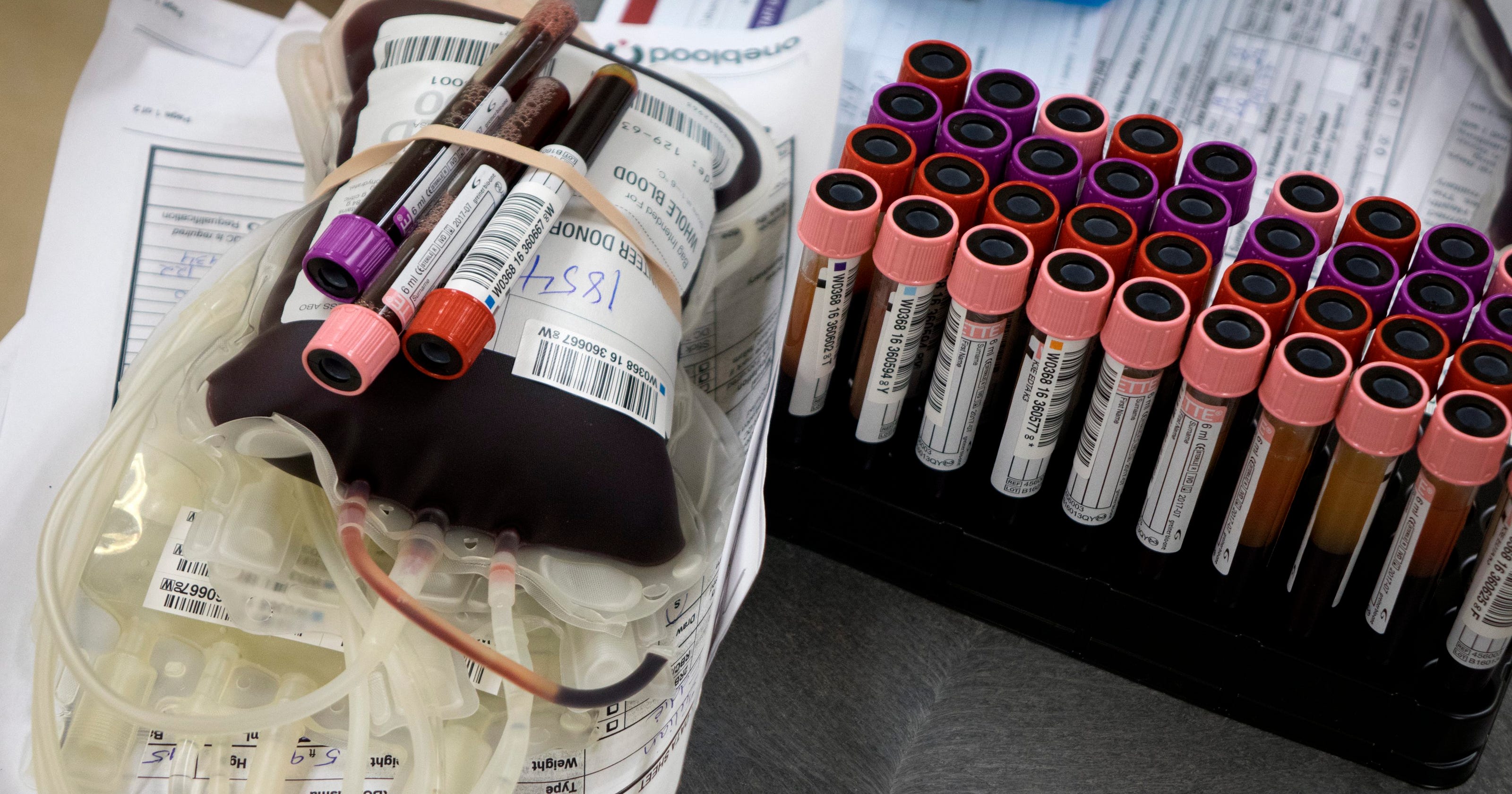

When the deadliest mass shooting in U.S. history unfolded in Las Vegas on Oct. 1, 2017, former TV news reporter M. James Lozada III, DO, was in Chicago completing a fellowship in obstetric anesthesiology at Northwestern University Feinberg School of Medicine.
Now an assistant professor of Anesthesiology at Vanderbilt University Medical Center, Lozada had worked in Las Vegas from 2004 to 2006, his final two years as a broadcast journalist.
In the wake of the slaughter, he assembled a multi-disciplinary group of co-authors, dusted off his reporting skills and began compiling data about the mass casualty response in Las Vegas.
The resulting report, appearing this week in The Journal of Trauma and Acute Care Surgery, is focused on blood transfusion needs and the influence of media coverage on blood bank operations. The report includes comparisons with other recent mass shootings.
“Our findings are important to help us prepare for the next mass shooting in the United States. It shows us the amount of blood components we likely will need. It will also help first responders adequately prepare to save lives,” Lozada said.
In Las Vegas there were 58 people killed and 869 injured. There were some 220 hospital admissions, including at least 68 critical care admissions.
Three health care systems provided data for the report, having admitted 185 victims among them. During the first 24 hours these patients received 499 blood components, or 2.7 units per admission, an amount similar to mass shootings in Oslo, Norway, in 2011 and Orlando, Florida, in 2016, and approximately twice the amount used in the November 2015 Paris attacks.
The report documents transfused blood components by type — red blood cells, plasma, platelets, cryoprecipitate. Las Vegas hospitals were rapidly resupplied with blood components from available stocks.
“From our data, it is likely that the total one-day blood component transfusions needed in Las Vegas were more than in any mass shooting on record,” Lozada said.
A public call for blood donations was issued during a press conference in the early hours of Oct. 2 by Clark County Sheriff Joseph Lombardo. The call for donations was amplified in news stories.
News reports that included the terms “blood donation” and “Las Vegas” blanketed the country, and over the first three days the American Red Cross saw a 53 percent increase in blood donations nationwide.
In an Oct. 2 press release, the AABB (formerly known as the American Association of Blood Banks) stressed that current U.S. blood supplies were adequate to meet the needs of the shooting victims. As a result, some news reports noted that donors were giving too much blood.
The Las Vegas blood bank, United Blood Services, reported having received 791 donations immediately following the mass shooting. They told Lozada that 137 of these donations (17 percent) went unused and were subsequently discarded, compared to an average 26 wasted donations per month at the blood bank.
The authors conclude that, in hindsight, a call for immediate blood donation was unnecessary.
“There is an emotional desire after these events on the part of the public to immediately donate blood, but that’s not always necessary and it’s not always the best immediate response. The best thing you can do is donate blood year around,” Lozada said, adding that blood donations take two days to process, and in mass casualty events most transfusions occur in the first 24 hours.
“One of the things that we propose in the paper is for cities to develop some protocols for these kind of scenarios, where instead of issuing a blanket call for blood donation you would do it in a systematic way. As one suggestion, you might do it by ZIP code,” he said.
The Federal Emergency Management Agency recently released their after-action report for the Las Vegas mass shooting. Among other recommendations, for would-be first responders to mass casualty events the FEMA report stresses the need for more robust and plentiful medical kits and supplies, to include tourniquets and bandages.
“We’re just now getting into an era of really recognizing the benefits of tourniquets and pre-hospital care in civilian mass casualty events,” Lozada said. “In Paris they had much more ability to respond immediately with tourniquets, bandages and medications. That could account for the comparatively reduced need for blood products seen in that attack.”

